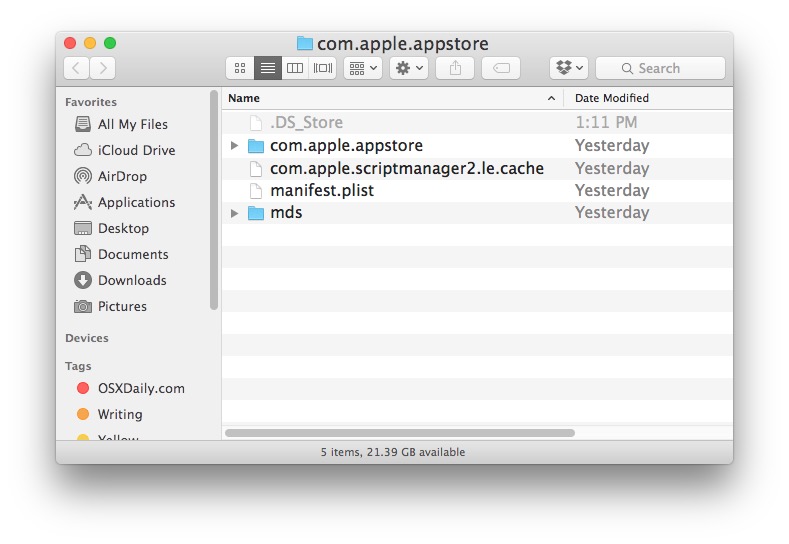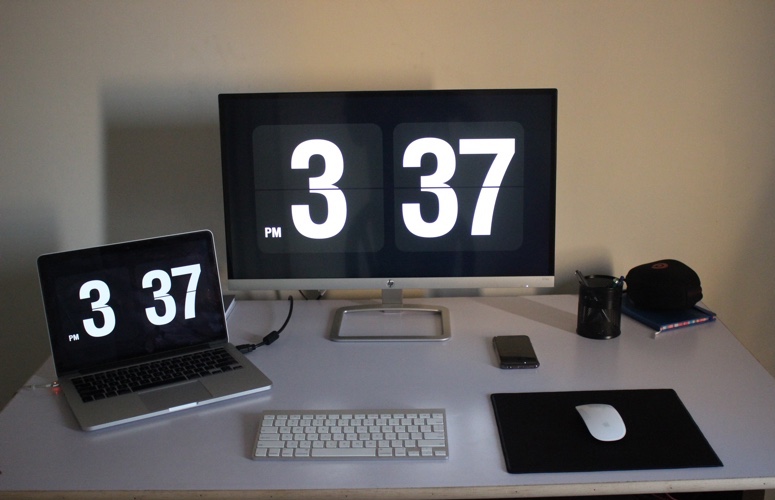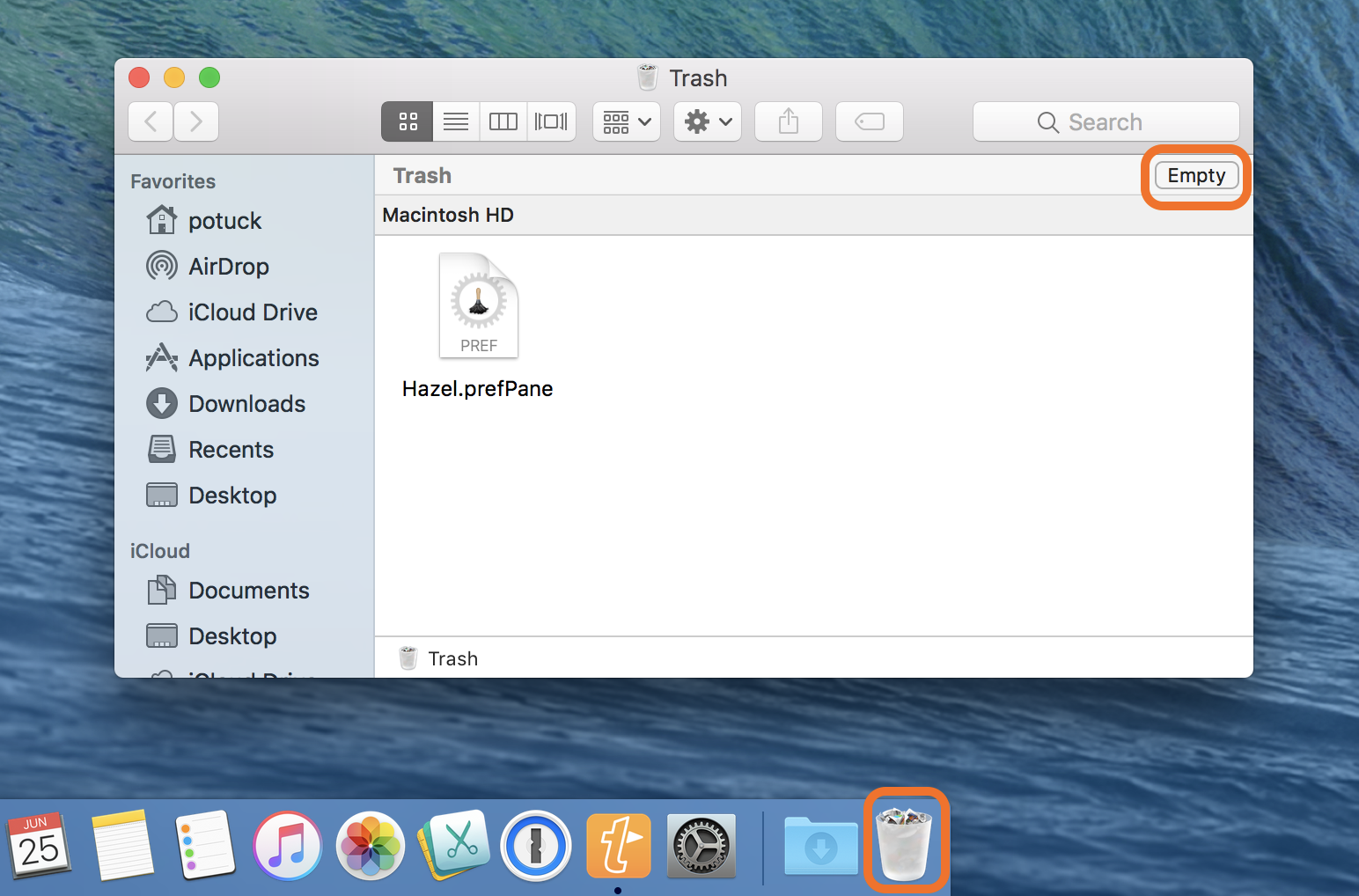How To Delete Downloads On Mac
System cleanup in one click
It’s practically impossible to go through a day of working on Mac and not download anything: coworkers send us files for review, friends send us new funny memes, or we download new app installers ourselves.
Most of the files we download we only need to see or use once, but we rarely have the discipline to delete them right then and there. Over time, this leads to our hard drives overflowing with files and folders we don’t actually want, straining our system’s resources and pushing us to spend to upgrade storage.
- To clear downloads from your Mac, follow these steps: 1. Go to the Finder app in your dock. Select Downloads. Click on the files you want to delete. To delete all downloads, hold the Command Key + A or press shift on your keyboard and simultaneously click the first and last download on the list.
- Here are the steps to help you remove history of downloads within Firefox. Step 01 - Open the said browser on your Mac device. Step 02 - Go to the menu bar and select History. Step 03 - Choose Clear Recent History. Step 04 - Choose Everything if you want to delete everything. Or, select a time range that you want.
No more! Today, we’ll show you how to clear downloads on Mac in just a few minutes, potentially freeing up gigabytes of space and giving a new boost to your Mac.
Get Setapp to get rid of downloads
In this article, we will show you few simple tricks to remove unwanted apps or softwares that won't delete on Mac. How to Delete Apps in the Finder Manually (Hard Way) Part 2: Completely Remove Unwanted Apps that Won't Delete on Mac (Easy Way) Part 3: Delete Apps Downloaded from Mac App Store Part 1.
Setapp gives you a combo of the best cleanup app, CleanMyMac X, and a powerful duplicate removal app, Gemini.
How to Delete Downloads on Mac
Nearly all files we download to our Macs end up either on your Desktop or in the Downloads folder. While the former is always visible and thus much easier to take care of, the latter quickly turns into the never-ending stream of files.
The first step to learning how to clear downloads on Mac is to find where the Downloads folder is actually located. By default, you can click on the Finder icon in your Dock and then select Downloads from the sidebar, you can choose Downloads from the Finder’s Go menu bar, or you can use the Option + ⌘ + L shortcut.
If you have hundreds or even thousands of files in the Downloads folder, deleting all of them (⌘ + A and Delete) might be risky — what if there’s something you might need? At the same time, going through all files one by one could take hours.
A good solution here is to group all files in the folder by size, so that the heaviest items will automatically be displayed at the top and would be easy to scan through and delete, getting you 80% of results with 20% of the effort.
To group files by size, right-click at the white space within a folder and select Group By ➙ Size. Then delete all the heavy offenders either with ⌘ + Delete or right-click ➙ Move to Trash.
How to find and delete hidden download folders
Most of the time your online files end up in the Downloads folder, which we covered above. However, if you’re frequently using various apps where you download files, they might as well end up in some proprietary folders in the heart of your Mac.
We’ve all been using Zoom, for example, in the past year. We also record a lot of conversations to be able to reference them later. Where those conversations get downloaded, though, might be a mystery to you.
To check on where Zoom stores all downloads, open up Preferences (⌘ + ,) and select Recording. Then click Open next to the “Store my recordings at:” and delete all unnecessary files within that folder. Finally use the dropdown to set that folders to regular Downloads.
How To Delete Downloads On Mac With Google Chrome Browser
Repeat the steps with every app from which you download files.
How to get rid of duplicate files

What happens more often than we realize is that we download a file from somewhere, use it once, and then a few days later forget where it is and download it again. This results in the proliferation of duplicates that serve no useful purpose at all. Deleting them is a no-brainer way to increase the amount of free space on your Mac. But how do you go about it?
Gemini is one of the most popular duplicate removers in the world. If you haven’t been removing duplicates regularly up until now, this app can save you gigabytes of space in seconds. Gemini is able to scan any folder and find the same files across images, video, audio, and more, even if they have different names. The app works for similar files as well, and Gemini preselects everything that’s safe to delete automatically.
Here’s how to use Gemini to delete duplicate files:
- Launch Gemini
- Click the plus icon
- Select Home ➙ Choose
- Click Scan for Duplicates
- Click Smart Cleanup
How to clear downloads on Mac overall
Your Mac’s unused files and folders don’t stop at Downloads. Over the years, you might’ve accumulated so much more that you just don’t notice every day.
Luckily, we can reuse the trick described above for the Downloads folder to find unneeded files across your Mac:
- Open any Finder window
- Search for a . (dot), which is present in any file name
- Switch the search to This Mac
- Right-click and pick Sort By ➙ Size
- Scan the top files and delete the ones you don’t need
This method is still a bit of a hack and while it tells you the size of the files it doesn’t tell you how often you’ve used them. For better results, you need a specialized app.
CleanMyMac X is a very powerful Mac optimizer that’s able to clean and speed up your Mac with just a few clicks. You can, for example, scan your Mac for malware, quit heavy tasks, update and uninstall apps, and more. One of CleanMyMac’s most underused features is called Large & Old Files, which scans all of your Mac for things that take up space and that you’re not using.
To find Large and Old Files with CleanMyMac X:
- Launch CleanMyMac X
- Navigate to the Large & Old Files tab
- Click Scan
- Check the files you don’t need
- Click Remove
How to remove downloads from Mac browsers
Tracking downloaded files through browsers can be a useful way to find the files you don’t need anymore. Browsers themselves don’t keep your files — they just provide a list of recently downloaded items.
After a heavy purge, however, it’s useful to clean up the list of downloads in your browser as well, so you can track everything from scratch.
To remove downloads in Safari:
- Click the Downloads icon in the top bar
- Select Clear

To delete downloads in Firefox:
- Go to Tools ➙ Downloads (⌘ + J)
- Click Clear Downloads
To clear downloads in Google Chrome:
- Go to Window ➙ Downloads (Shift + ⌘ + J)
- Click the three-dot menu and pick “Clear all”
You can also make all these actions effortless with CleanMyMac X, which has a way to clear all history and downloads from all browsers at once:
- Launch CleanMyMac X
- Navigate to the Privacy tab
- Go to each of your browsers and check Downloads History
- Click Remove
As you can see, when you know how to delete downloads on Mac, it takes just a few minutes, especially if you use apps like Gemini and CleanMyMac X.
Best of all, Gemini and CleanMyMac X are both available to you absolutely free for seven days through the trial of Setapp, a platform with more than 200 Mac apps that will supercharge your productivity, from unzipping archives with BetterZip to getting the best sound out of your speakers with Boom 3D. Try every Setapp app today at no cost and be amazed how quickly your life can change for the better.
Summary :
This tutorial teaches you how to delete downloads on Mac, Windows 10, iPhone, iPad, Android. You can save more space by deleting unwanted downloaded files on your device. Still, if you mistakenly deleted files on device, MiniTool free data recovery software is here to help.

The downloaded files from online websites are stored on your device hard drive or memory card. If you don’t need those files, you can delete those cumbersome downloads to free up storage space on your device.
How To Delete Downloads On Macbook Air
This post teaches you how to delete downloads on Mac, Windows 10/8/7, iPhone, iPad, Android. Check the detailed guides below.
How to Delete Downloads on Mac
- You can launch the Finder app on Mac.
- Scroll download to find Downloads option from the left panel. Click Downloads under Favorites and all downloads on Mac will be shown in the right window.
- Select one or more files you want to delete, if you want to select all downloads, you can press Command + A
- Then right-click the mouse and choose Move to Trash. You can also click File -> Move to Trash from the Finder menu to delete downloads on Mac, or directly drag the selected files to Trash bin which is located in the bottom-right corner of Mac screen. You can also press the shortcut key to move selected downloads to Trash: Command + Delete.
- The deleted downloads are still in the Trash and existed on Mac hard drive. If you want to delete them permanently, you can click Finder at the top of screen and click Empty Trash, or press Command + Shift + Delete to delete all files in Mac Trash bin.
Tip: After you emptied the Trash bin on Mac, theoretically you cannot find and recover the deleted files. So be careful to delete file. If you mistakenly deleted some files, you can use the best free Mac data recovery software to easily retrieve deleted files on Mac.
How to Delete Downloads on Windows 10/8/7
- At first, you can press Windows + E, or click This PC to open Windows File Explorer.
- Click the Downloads folder, and you will see all downloaded files and folders are listed in the window now.
- You can select one, several or all files and folders, right-click the mouse and select Delete to deleted all downloads on Windows 10/8/7. All the deleted files will be moved to the Recycle Bin.

If you haven’t emptied the Recycle Bin, then you have a chance to restore the mistakenly deleted files from Recycle Bin. However, if you’ve emptied the Recycle Bin, then you have to recur to the best free data recovery software for Windows to recover deleted files.
How to Delete Downloads on iPhone/iPad
- Open Settings -> General -> Storage & iCloud Usage -> Manage Storage.
- Click the app and select Delete App.
- Then go to App Store to reinstall the apps on your iPhone/iPad.
How to Delete Downloads on Android
How To Remove Downloads From Computer
Normally you have 2 ways to clear downloads on Android phones.
Method 1. Delete Downloads on Android through Settings
- You can open Settings on Android, look for the Apps or Applications icon.
- Click one app, and click Delete or Uninstall button to remove downloaded apps on Android.
Method 2. Clear Downloads on Android with App Manager
- Open the App Tray on Android
- Find and click Downloads
- Then tap and hold a file you want to delete. Select all the files you want to delete.
- Tap the Delete icon at the top-right corner to delete downloaded files on Android.
If you want to delete usage history in App, Google Chrome, Firefox, etc. in Windows 10/8/7, you can check: How to Delete Usage History (App, Google, Firefox) in Windows
How to Recover Deleted/Lost Files and Folders on Windows 10/8/7
If you mistakenly deleted some important files from your Windows computer and emptied the Recycle Bin, you can use MiniTool Power Data Recovery to easily recover files for free.
Free download and install MiniTool Power Data Recovery on your Windows 10/8/7 PC, and follow the 2 simple steps below to easily recover deleted/lost files.
Step 1. Launch MiniTool Power Data Recovery and click This PC. Choose a partition or drive where contains your deleted or lost files, and click Scan button to let this free file undelete software to scan data in the chosen drive.
Step 2. After the scan is finished, you can find and check needed files, and click Save button to recover the needed files. Thus, you can easily get back the deleted/lost files and folders.